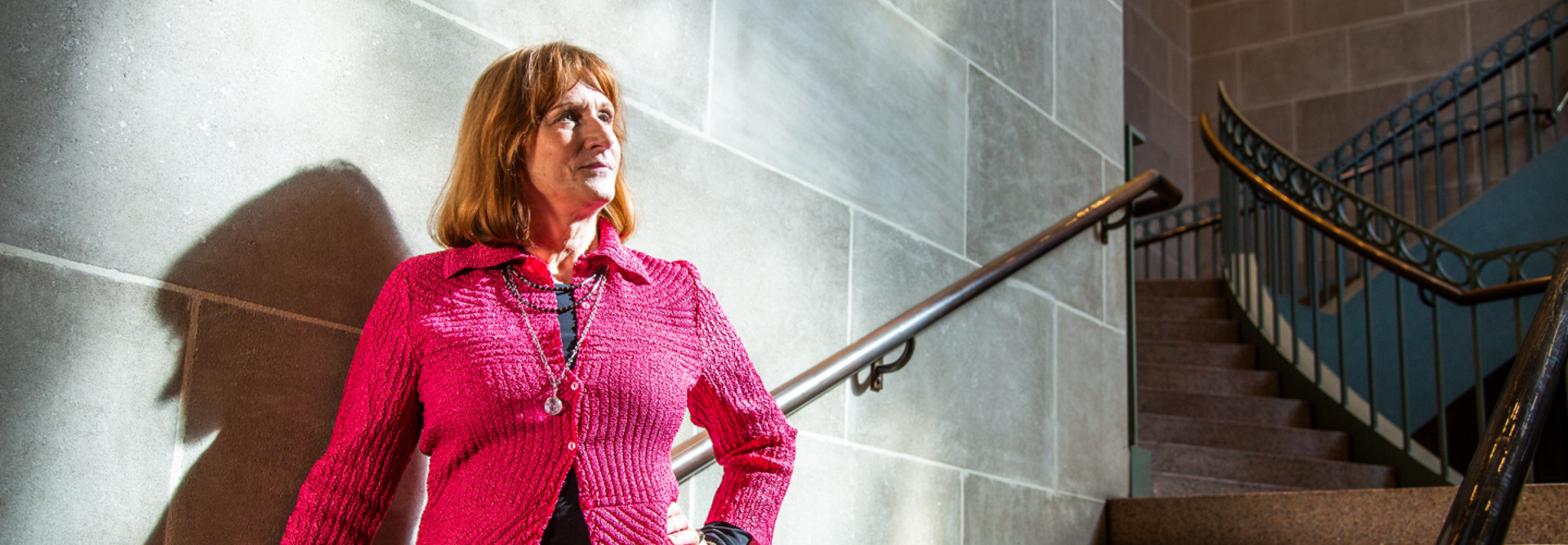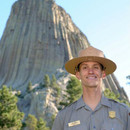Inspired, Stokes arranged for a videoconference between the Haitian children and the American students. The children of both countries shared their creations in a video ceremony at the Education Department.
“It was very rewarding,” says Stokes. The D.C. students prepared messages for their Haitian counterparts in French, and “the children in Haiti prepared a special song to sing to the group in D.C.”
After that, Stokes wanted to bring the VTC experience home. A former teacher, she piloted a distance arts education program in the spring semester of 2014 that reached more than 1,000 students across the country over three semesters. “It almost doubled our student reach,” she says.
MORE FROM FEDTECH: Find out how NASA uses telehealth to care for astronauts in space!
Videoconferencing Efforts Expand at the Smithsonian
Stokes’s work was recognized with a Pinnacle Award from the Center for Interactive Learning and Collaboration, as well as the Pioneer Award from the Federal Government Distance Learning Association (FGDLA). These awards recognize organizations and individuals that pair exceptional content with skillful delivery.
Following the pilot’s success, Stokes campaigned for (and was given) dedicated space for a VTC room, complete with green screens that allow her to be virtually present in the remote classrooms.
She relaunched the program this school year with new teaching modules that cover multidisciplinary themes based on the museum’s exhibits. The museum uses Polycom RealPresence VTC equipment; participating schools use their own equipment.
Stokes is also in talks with colleagues in South Africa, Ghana and Kenya to take the program global.
“We know that teachers are out there who want to do these types of programs,” she says. “As a provider making this content for educators, we hope to help them help their students to develop critical thinking, especially when it comes to Africa and all the stereotypes we’re working to challenge.”
NPS Brings Devil's Tower to Life for Distant Students
Bruce is also a one-person educational force. Ranger Joe, as he’s known at Devils Tower National Monument, has used VTC to reach classrooms nationwide since September 2016.
“It provides people who would not normally have a chance to come to this site an opportunity to go on a virtual visit and interact with a site expert,” says Bruce. “Kids are really excited. They understand that there is a large distance there.”
Bruce has connected with classrooms in Florida, Ohio and Wisconsin — in each case, 1,000 or more miles away. Devils Tower uses Polycom technology to connect; other parks, such as Rocky Mountain National Park in Colorado and Denali National Park and Preserve in Alaska, use Zoom systems.











